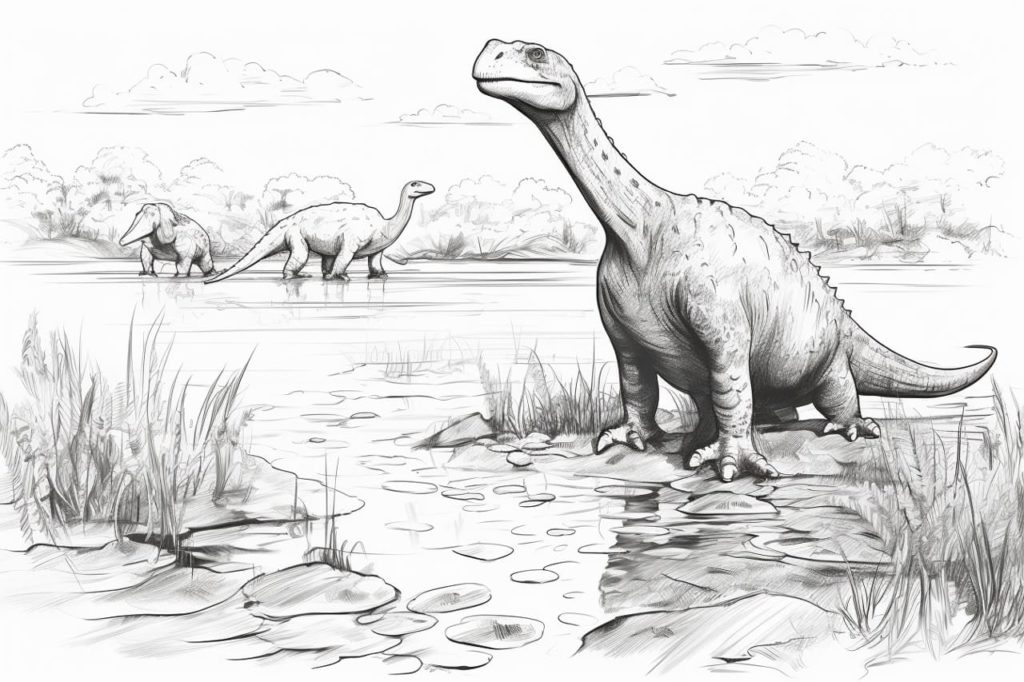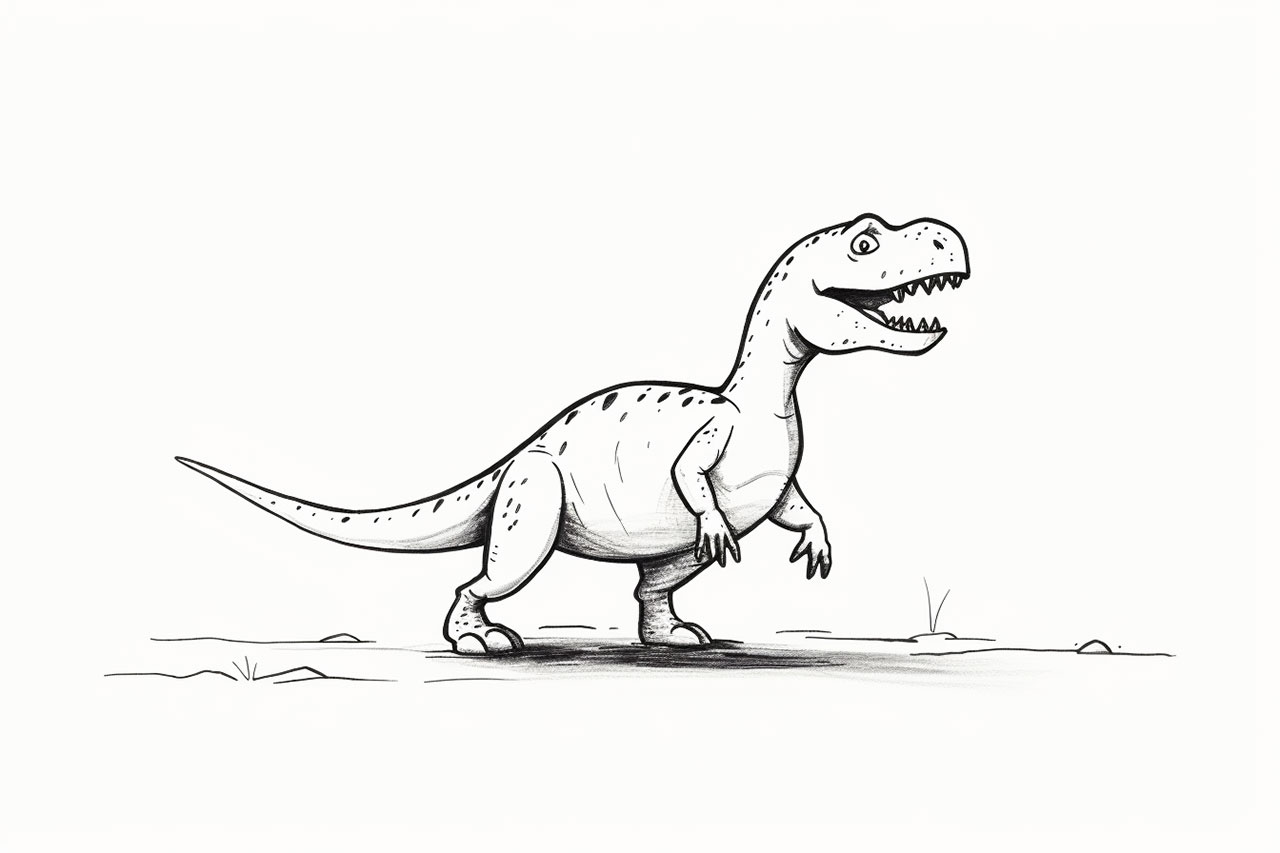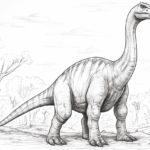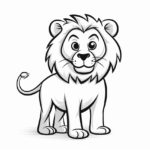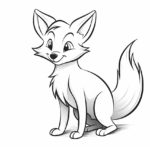Welcome to this step-by-step guide on how to draw a dinosaur easy. Whether you’re a beginner or an experienced artist, this article will provide you with clear and concise instructions to help you create your very own dinosaur drawing. So grab your pencils and let’s get started!
Materials Required
Before we begin, make sure you have the following materials handy:
- Pencil
- Eraser
- Drawing paper or sketchbook
- Colored pencils or markers (optional)
Having these materials ready will ensure a smooth drawing experience, allowing you to make any necessary adjustments as you go along.
Step 1: Basic Shapes
To start with, let’s begin by drawing the basic shapes that will serve as the foundation for your dinosaur. Begin by drawing a large oval in the center of your paper. This will be the body of the dinosaur. Next, add a smaller oval towards the rear of the first oval. This will form the dinosaur’s tail. Finally, add a smaller circle near the front of the body for the dinosaur’s head.
Step 2: Outline the Body
Now that you have the basic shapes in place, it’s time to outline the body of the dinosaur. Start by adding more details to the head. Draw a long, curved line to form the snout and another curved line for the mouth. Next, sketch the neck by drawing two curved lines connecting the head to the body. Continue by outlining the body, following the shape of the oval you drew earlier. Take your time and make sure the lines flow smoothly.
Step 3: Add Limbs
Once you have the body outlined, it’s time to add the dinosaur’s limbs. Begin with the front limbs by drawing two curved lines coming out from the sides of the body. At the end of each line, add a smaller oval shape for the hands or claws. Next, draw the hind limbs by adding two longer curved lines coming out from the bottom of the body. Again, add smaller ovals at the end to represent the feet or claws. Remember to maintain the proportions and size of the limbs to create a realistic dinosaur.
Step 4: Detail the Head
Now that the body and limbs are complete, let’s focus on adding details to the dinosaur’s head. Start by drawing two circles for the eyes, placing them towards the front of the head. Within each eye, draw a smaller circle to represent the pupils. Next, add a curved line above the eyes to define the dinosaur’s brow. Then, draw a small triangle or a pointed shape for the nose. Finally, sketch a few lines to indicate the dinosaur’s teeth.
Step 5: Tail and Spikes
To give your dinosaur drawing a more authentic look, let’s add a tail and some spikes. Begin by extending the tail from the rear oval shape, drawing a long, curving line. At the end of the tail, add a series of triangle shapes to represent the dinosaur’s spikes. Space them evenly along the length of the tail. You can also add a few spikes along the back of the body for extra detail.
Step 6: Finalize the Outline
Now that you have all the main elements of your dinosaur drawing in place, it’s time to finalize the outline. Take your time to trace over your initial lines, adding more definition and refining the shape of the dinosaur. Use shorter, curved lines to outline the limbs and tail, adding more depth and dimension to your drawing. As you work on the outline, you can also make any necessary adjustments to the proportions and shapes to achieve the desired look.
Step 7: Add Details and Textures
With the outline complete, it’s time to add details and textures to bring your dinosaur drawing to life. Begin by sketching scales or small bumps along the body and limbs. You can do this by drawing small, curved lines all over the dinosaur’s surface. Remember to follow the contours of the body to make the scales look natural. Add similar details to the head, tail, and spikes, emphasizing the three-dimensional aspect of your drawing.
Step 8: Coloring (Optional)
If you prefer, you can take your dinosaur drawing a step further by adding color. Using colored pencils or markers, carefully fill in the different sections of your drawing. Refer to reference images or your imagination to choose the colors for your dinosaur. Feel free to experiment and get creative with your color choices. Adding color will enhance the overall appearance of your drawing and make it more visually appealing.
Conclusion
Congratulations! You have successfully learned how to draw a dinosaur easy. By following these step-by-step instructions, you can now create your very own dinosaur drawings with confidence. Remember to start with basic shapes, outline the body and limbs, add details, and finalize the outline. Feel free to experiment with colors and textures to make your dinosaur drawing unique. Have fun exploring different dinosaur species and styles, and let your creativity soar!
Gallery of Dinosaur Drawings
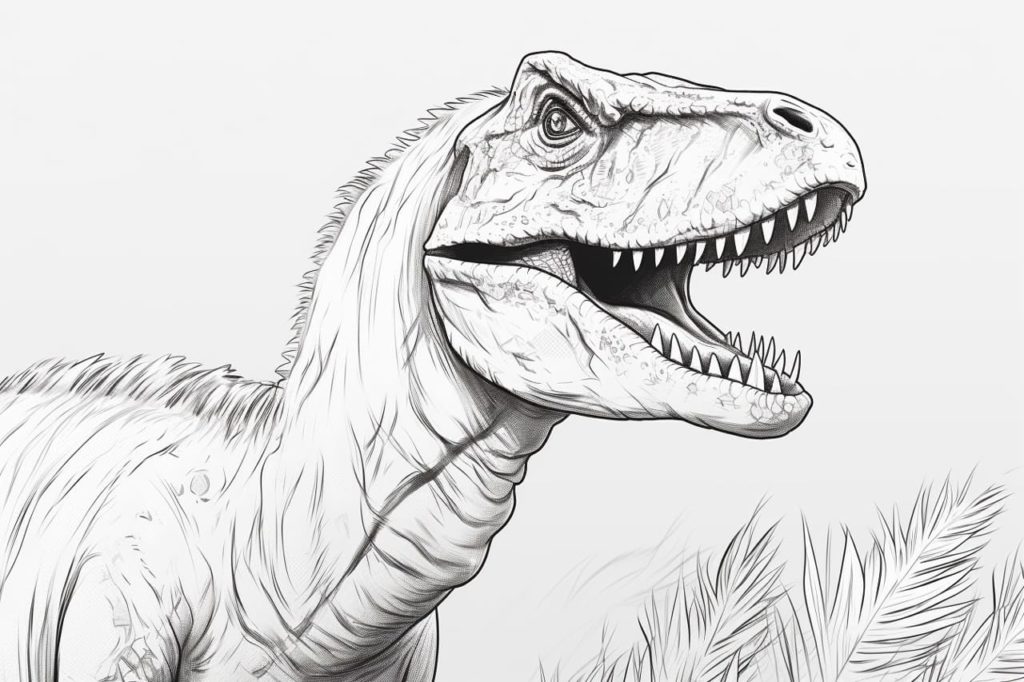
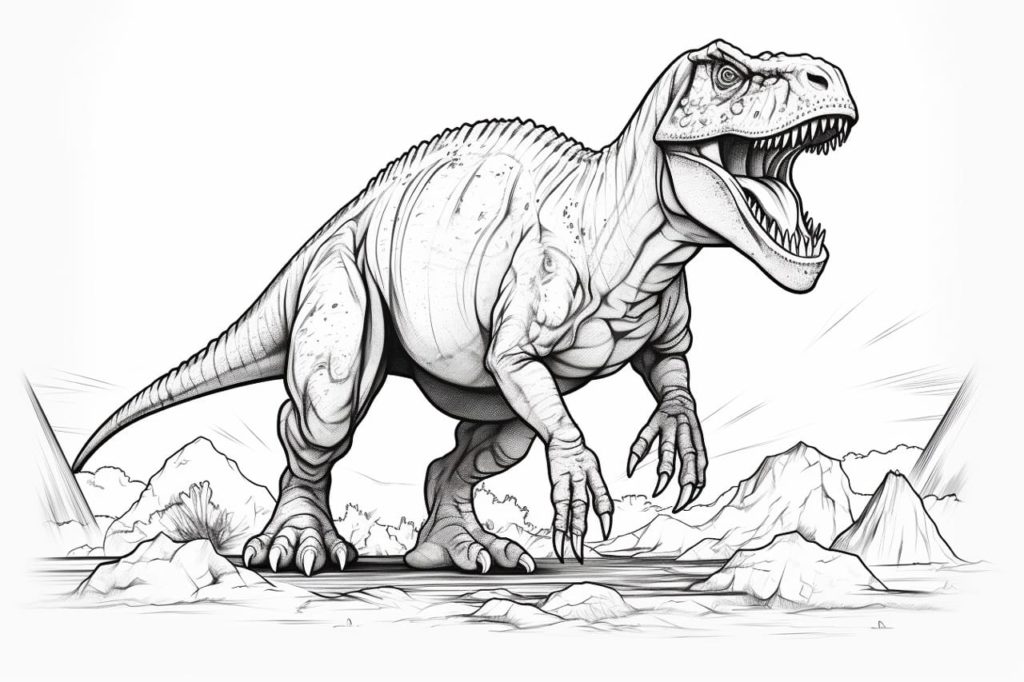
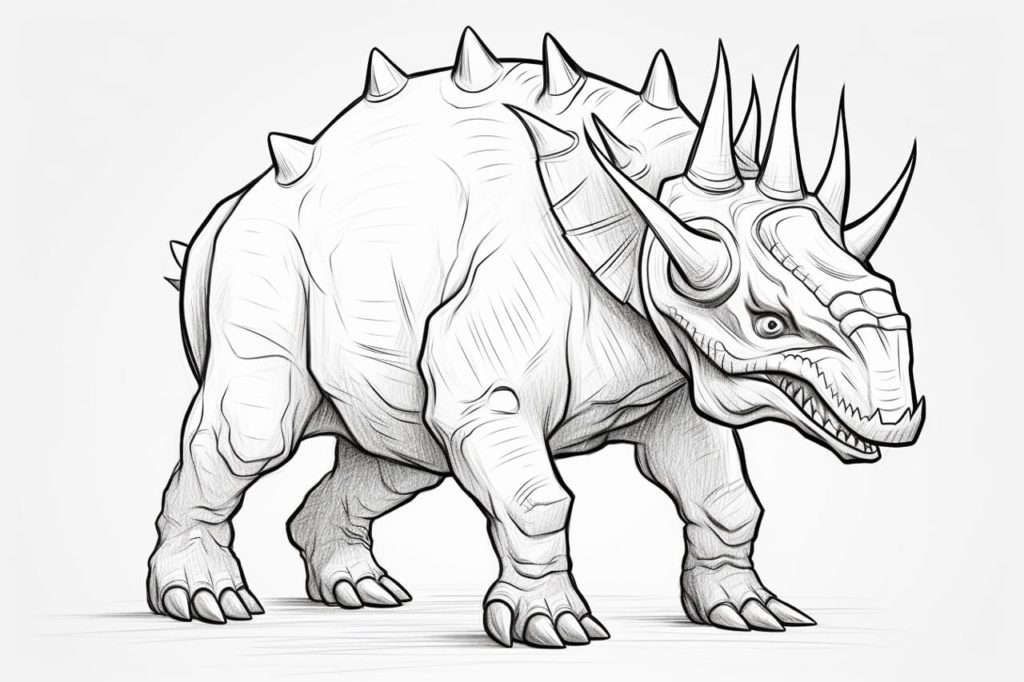
Fun Facts About Dinosaurs
- The word “dinosaur” comes from the Greek words “deinos” and “sauros,” which together mean “terrible lizard.”
- Some dinosaurs, like the Velociraptor, had feathers. These feathers were likely used for insulation or display rather than flight.
- The largest dinosaur ever discovered is the Argentinosaurus, which measured up to 100 feet long and weighed as much as 100 tons.
- The fastest dinosaur was the Ornithomimus, which could run at speeds of up to 40 miles per hour.
- Some dinosaurs were herbivores, while others were carnivores, and some were omnivores, meaning they ate both plants and meat.
- The Stegosaurus had a brain the size of a walnut, while the largest dinosaur brain belonged to the Troodon, which was about the size of a banana.
- The first dinosaur fossil was discovered in 1824 by Mary Anning, a fossil collector and paleontologist from England.
- The T-Rex had the strongest bite force of any land animal that has ever lived, estimated to be between 8,000 and 12,000 pounds per square inch.
- Some dinosaurs, like the Triceratops, had horns and frills on their heads that may have been used for display or defense against predators.
- Dinosaurs lived on Earth for over 160 million years, from the Late Triassic period around 230 million years ago until the end of the Cretaceous period around 65 million years ago.
Suggestions for Scenes and Settings for Dinosaur Drawings
Certainly! Here are some specific suggestions for scenes and settings you can use for drawing dinosaurs:
- Prehistoric Jungle: Draw a dense, lush jungle filled with towering ferns, palm trees, and other prehistoric plants, with dinosaurs like the Tyrannosaurus rex, Triceratops, and Velociraptors peeking out from the foliage.
- Volcanic Landscape: Illustrate a dramatic scene with an active volcano in the background, spewing lava and ash into the sky, while dinosaurs roam the rocky terrain below.
- Swampy Marsh: Create a murky, swampy setting with murky waters, twisted trees, and eerie mist, where dinosaurs like the Spinosaurus and Suchomimus lurk in the shadows.
- Desert Oasis: Depict a desert oasis with a tranquil watering hole surrounded by palm trees and lush vegetation, where dinosaurs like the Brachiosaurus and Stegosaurus gather to drink.
- Arctic Tundra: Draw a frozen landscape with icy cliffs, snow-covered plains, and glaciers, where dinosaurs like the Woolly Mammoth and Troodon brave the harsh conditions.
- Coastal Cliffs: Illustrate a scene with towering coastal cliffs overlooking the ocean, where Pteranodons soar overhead and marine reptiles like the Plesiosaurus swim in the waters below.
- Mountain Range: Create a majestic mountain range with snow-capped peaks and rocky slopes, where dinosaurs like the Allosaurus and Ankylosaurus traverse the rugged terrain.
- Ancient Ruins: Draw a scene with overgrown ruins of an ancient civilization, where dinosaurs have made their homes among the crumbling temples and statues.
- Cretaceous Seas: Depict an underwater scene with a diverse array of marine reptiles and prehistoric sea creatures swimming in the warm, shallow waters of the Cretaceous seas.
- Dinosaur Battle: Illustrate an epic showdown between two rival dinosaurs, such as a fierce battle between a Tyrannosaurus rex and a Triceratops.
